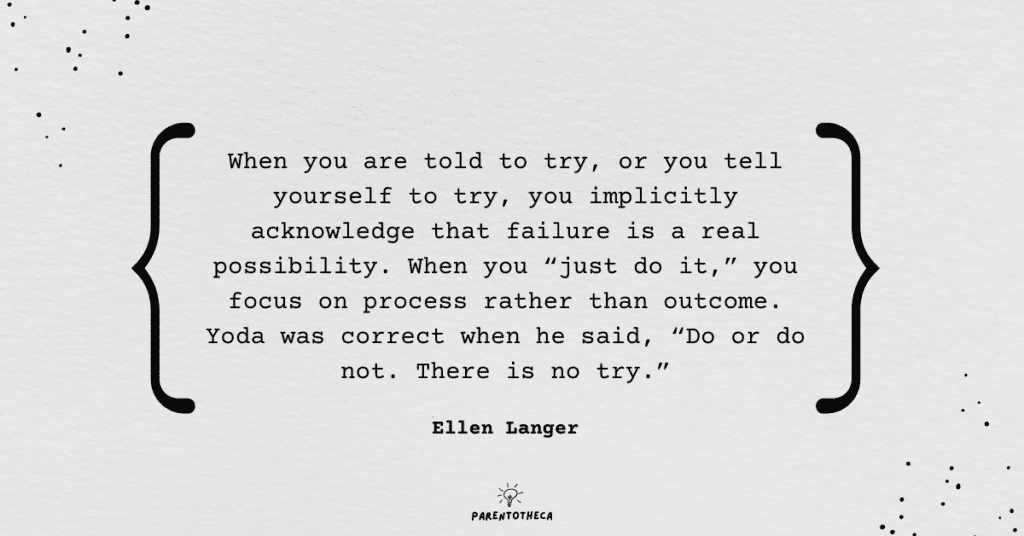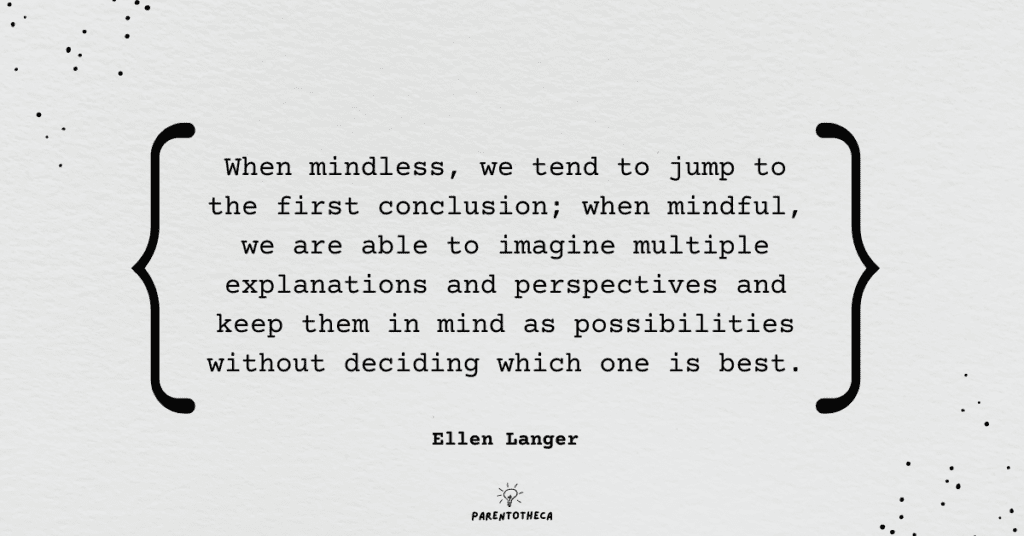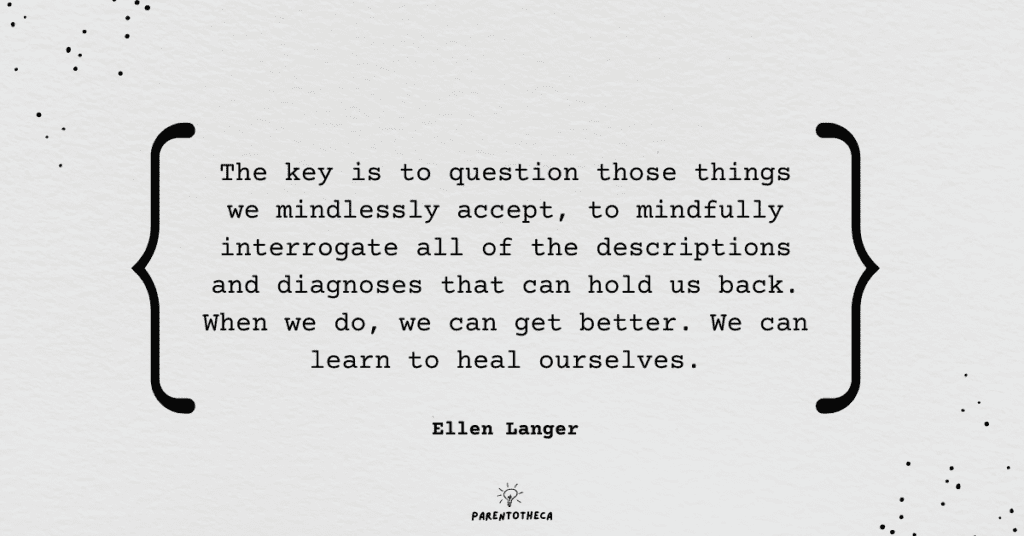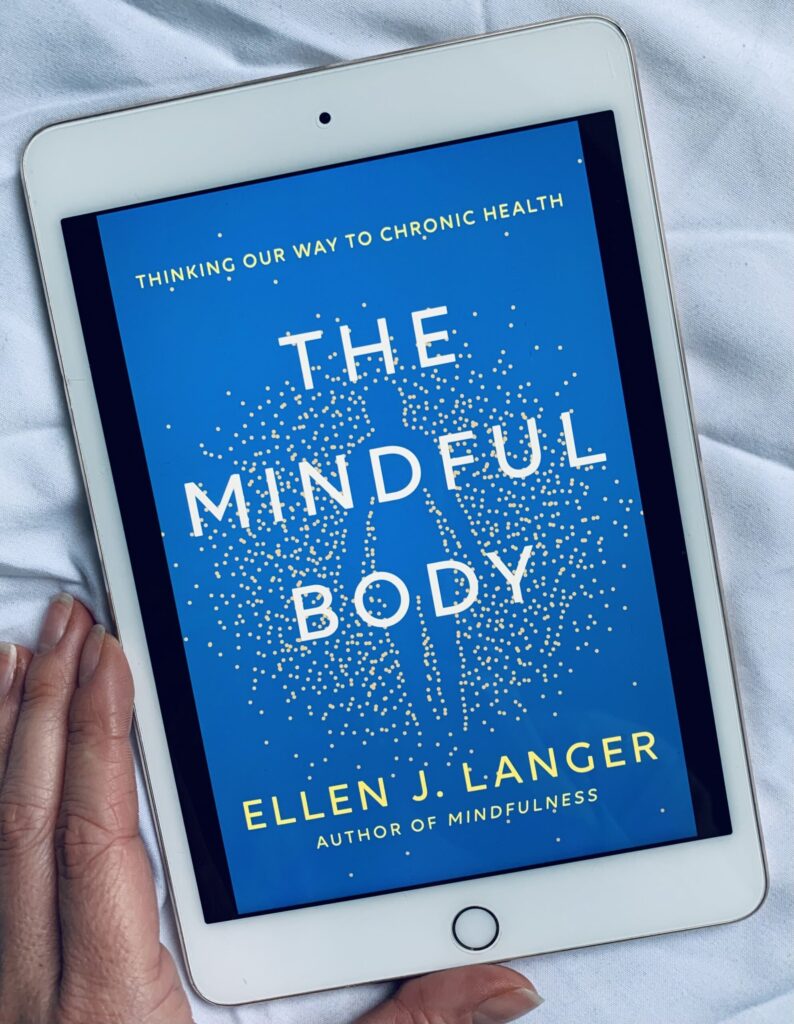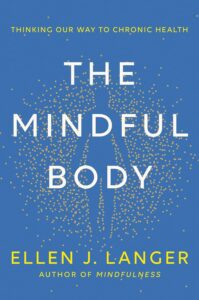 The Mindful Body. Book Summary
The Mindful Body. Book Summary
Thinking Our Way to Lasting Health
Ellen Langer
Robinson (7 Sept. 2023)
About The Author
Ellen Langer is a professor of psychology at Harvard University, having in 1981 become the first woman ever to be tenured in psychology at Harvard. She has described her work on the illusion of control, aging, decision-making, and mindfulness theory in over 200 research articles and six academic books. Her books written for general and academic readers include Mindfulness, Counterclockwise, The Power of Mindful Learning, and On Becoming an Artist. Her work has led to numerous academic honors including a Guggenheim Fellowship, the Award for Distinguished Contributions to Psychology in the Public Interest of the American Psychological Association, the Distinguished Contributions of Basic Science to Applied Psychology award from the American Association of Applied & Preventive Psychology, the James McKeen Cattel Award, and the Gordon Allport Intergroup Relations Prize.
About The Book:
“I believe our psychology may be the most important determinant of our health. I’m not just speaking of harmony between mind and body. I believe the mind and body comprise a single system, and every change in the human being is essentially simultaneously a change at the level of the mind (that is, a cognitive change) as well as the body (a hormonal, neural, and/or behavioral change). When we open our minds to this idea of mind-body unity, new possibilities for controlling our health become real. Making use of the power of a mindful body is well within our grasp.
My lab at Harvard focuses on the effects of mind-body unity on our health. […] The members of my lab and I first tested the idea of mind-body unity more than forty years ago in what came to be known as my counterclockwise study. In that experiment, elderly men lived for a week as if they were their younger selves. We housed them in a retreat that was retrofitted to suggest that time had gone backward twenty years. From the magazines on the coffee table to the albums next to the record player, from the dishes in the kitchen cabinets to the shows available (on VCR tape) on the old box TV, everything cued the sense that it was an earlier time, and that the inhabitants of the house were younger. We also asked the men to behave like younger versions of themselves. To wit, even the very oldest and those with limited mobility had to carry their own luggage up the front steps and into their rooms. If that meant they had to take one shirt instead of one piece of luggage at a time, so be it. The results of this time-machine living—of imagining themselves being their younger selves—were stunning. The men’s bodies changed. Their vision, hearing, strength, and even objective appearance improved.
The findings were so at odds with the prevailing view of mind-body dualism and what was believed to be possible, that it was not surprising that some didn’t believe them. Nevertheless, I was so energized by this experiment and the way in which the results so elegantly demonstrated mind-body unity that I’ve been exploring the concept ever since. I was emboldened to test all sorts of seemingly extreme hypotheses related to it—from how our thoughts may give us a cold, to how they control our insulin levels and the amount of sleep we need, to how they can provide a psychological cure for many chronic diseases.
The goal of all my work has always been to find out just how important psychology is to our health, and to return the control over our bodies back to us. I’ve set out to show that the mind is a primary determinant of the body’s health, and that simple interventions to change the way we think can dramatically improve our well-being.”
Meet Ellen Langer, “the mother of mindfulness” and a luminary in the realm of the psychology of possibility. Her groundbreaking Counterclockwise study, which I stumbled upon some time back, left me completely spellbound – it appears that the wellspring of youth and vitality resides within us, accessible through the power of our minds.
When I heard Ellen Langer discussing her latest book, The Mindful Body, on Jordan Peterson‘s podcast (check out this episode), I didn’t hesitate to get my hands on it.
Here, Ellen Langer draws upon her lifetime of expertise and cutting-edge research to illuminate how we can improve our health by harnessing the power of our mind. Mindfulness, she contends, is not an esoteric practice confined to meditation cushions but rather a simple process of actively noticing things. Remarkably, this practice holds the key to transform our lives.
Ellen Langer’s core message boils down to this: our mind and body operate as one cohesive system. When we embrace mindfulness and dare to challenge our perceived limits, we open ourselves up to a world of incredible possibilities.
The book is absolutely packed with original research and thought-provoking insights. I personally enjoyed it a lot and cannot wait to share some of my favourite ideas.
Let’s jump in.
Key Insights
The Borderline Effect
“Everything in the world exists on a continuum, whether in speed, size, virulence, or any other possible descriptor you could think of. Still, we create and mindlessly adopt sharp distinctions, and those distinctions change lives far more dramatically than marginal differences ever do. Indeed, all differences are arbitrary, but drawing hard lines between categories hides this arbitrariness and can be severely damaging. I call this resulting damage “the borderline effect.” The examples are endless. Someone’s IQ is 69 and someone else’s is 70—but only the score of 70 is deemed to be within the range of normal. We don’t have to be statisticians to know there is not a meaningful difference between 69 and 70. Yet once the person with the lower score is labeled “cognitively impaired,” his or her life will unfold differently than the person with a one-point advantage.”
Here, Dr. Langer poses a simple yet profound question: What is “normal”? Who dictates its parameters, and what happens if we blindly adhere to these standards, especially when it comes to our health?
In one study, Dr. Langer and her team explored the impact of being on the borderline of health, focusing on diabetes diagnosis. They compared individuals with blood sugar levels just above or below the prediabetes threshold. Surprisingly, the difference between a 5.6 percent and a 5.7 percent A1c test result is negligible. Yet, medical convention labels those below 5.7 percent as “normal” and those at or above as “prediabetic” or “at risk.” What they uncovered was startling: individuals labelled “normal” often remained so, while those labelled “prediabetic” were more prone to developing diabetes over time.
How crazy is that?
The powerful takeaway here is that blindly accepting a diagnosis can inadvertently manifest the condition itself. Your mind has the power to make the diagnosis a reality.
The antidote? Mindfulness. Stay connected to your body, seek multiple opinions, and challenge the status quo. Remember, nothing is set in stone, and possibilities abound.
The World of Plenty Mindset
“Some people—like me—see a world of plenty. If I hear that someone got a good deal, I assume that I can get one, too. The underlying assumption is that there’s enough to go around, and that the shoe store surely has more sneakers on sale. Perspectives like this shape our lives. But we make matters worse by assuming that a person’s sense of plenty or scarcity is stable and fixed. That is, we wrongly take for granted that if you see a world of scarcity and limits, you are bound to always see a world of scarcity and limits. Metaphorically, you will always be jealous of people who find shoes on sale. The good news is that, as we’ll soon learn, our perspectives needn’t be fixed at all. We can adopt new perspectives and—especially when it comes to our health and our experience of aging—when we do, our lives may improve dramatically.”
That is such a powerful life lesson. And I can’t agree more with Dr Langer! To harness the power of our mind, we should first adopt “a world of plentitude mindset.”
“When you live in a world of perceived scarcity, much time is spent worrying about the scarce resource. In a world of plentitude, there’s room for more interesting things to ponder.”
Question for you – what do you see more often – a world of plenty or a world of scarcity?
Making The Right Decision vs Making The Decision Right
“So how should we make decisions? We should begin by recognizing our limitations; the human brain is not an omnipotent supercomputer. Moreover, even if it were, there’s the “problem” that every cost is also a benefit from a different perspective. As a result, when making decisions in uncertainty, more information, time, and calculations are not better. In fact, taking too much information into account can backfire, leading people to overthink the problem and choke. […]
Rather than recommending endless analysis, my experience and research suggest taking a limited amount of information available at the time and going ahead and choosing an option. Then, rather than worry about whether the decision was right, we should try to make it work. Look at any advantages that accrue from whatever happens, and then play it as the “right decision.” That is, don’t try to make the right decision, make the decision right.”
In the book, Dr Langer dives deep into the science of decision-making. Drawing heavily from Kahneman’s research and her own work, she offers insights on how to approach decision-making with mindfulness.
This particular idea resonated A LOT with me. Make a decision with the information you have, and then try to make it right. That’s my new mantra.
Power of Perception
“Mind-body unity suggests that fatigue itself may be under our control. I discussed fatigue in my book Counterclockwise, where I asserted that fatigue may be determined by our mind, not biological physical limits. That is, mental and physical energy are not governed by different underlying processes, as many assume. They’re not separate biological functions. If this is true, then we may have a good deal of control over whether or not we get tired. I described two informal studies we did back then. I asked people in one of my classes to ask their friends to do either 100 or 200 jumping jacks and ask them to tell them when they got tired. Both groups reported that they experienced fatigue about two-thirds of the way through the activity. That means that the first group got tired after about 65–70 jumping jacks, but the second group didn’t get tired until after about 130–140.”
Isn’t it amazing? We can control our fatigue!
In the book, Dr. Langer shares an intriguing experiment where participants’ perceptions of their sleep duration were manipulated using programmed bedside clocks. Despite all participants sleeping for only five hours, one group was led to believe they had slept for eight hours based on their altered clocks. When their reaction times were tested, those who thought they had a full night’s sleep performed significantly better on the auditory psychomotor vigilance test compared to those who were aware of their actual sleep duration.
The key takeaway? Our perception of sleep duration holds significant sway over our cognitive performance, not just the actual number of hours slept.
This got me thinking. Despite my efforts to improve sleep quality, as a mother of three young boys, my Fitbit sleep score consistently falls in the “fair” range. Perhaps the real parenting hack lies in waking up with the belief that I’ve had enough sleep, regardless of the numbers 🙂 I will definitely try it.
It also begs the question: If you believe that five hours of sleep is enough for you (contrary to expert recommendations), how does it impact your body and productivity? It would be interesting to see research on that.
Power of Placebo Effect
“To bring a drug to market, pharmaceutical companies must show in research that the drug is more effective than a placebo when tested in a randomized controlled clinical trial. What many people don’t realize is that there are countless studies in which the placebo is as effective as or even outperforms the drug. These studies are not accepted for publication, which is why we never hear about them. What we should learn from these studies is not that a particular drug is ineffective but rather how effective the placebo may have been, especially since drugs often have side effects, and placebos typically don’t. I believe this makes placebos our most effective medicine.”
Now, here’s a bold claim: placebos are our most potent medicine!
When you consider the staggering growth of the pharmaceutical industry, with global annual revenues nearing a whopping 1.5 trillion US dollars, it’s no surprise they’d prefer to keep the power of placebos under wraps.
Here’s a fun twist: Langer also delves into intriguing research findings revealing that the more you pay for a pill, the more effective it seems to be, even if the active ingredient remains the same! It’s as if our minds are hardwired to justify the cost. How wild is that?!
P.S.: My kids still wholeheartedly believe in the magic of mummy’s kiss! It seems to cure everything. The placebo effect in action!
Attention to Variability
“When taken together, all of this work on attention to variability show us that the simple act of noticing change may have enormous consequences for our health. Indeed it may not be the strongest of the species that survive, but rather those most responsive to change.
Four things happen when we notice the variability of our symptoms. First, we see that despite what we may have thought, we don’t have the symptom all the time and to the same degree, and that itself should make us feel better. Second, noticing change is mindful, and decades of our research have shown that mindfulness itself is good for our health. Third, we’re more likely to find a solution to our problem if we search for it than if we remain helpless and mindlessly presume there is no relief available. And fourth, we start to feel more in control of our lives.
We develop an awareness of variability by tracking changes across time and context. Noticing changes in different parts of our bodies—our sensations, emotions, thoughts, and environments—is empowering as well. Every person differs from the mean in different ways. Science essentially averages these differences away and treats them like noise. But this “noise” may be hiding the key to our health. Moreover, rather than focus on the normative response, these outliers may be extremely important. It’s important to ask, why does this person not conform to the norm?
The future will be different from the past. What to do with all this uncertainty? Notice what is happening now.”
The only constant in life is change. Everything changes – even our bodies! Get this: every seven to ten years, virtually 100 percent of the atoms in our body are new! This means that even when battling chronic illness, improvement remains possible.
Sometimes, our symptoms worsen, while other times, they improve (albeit subtly, which we might overlook). Ellen Langer suggests that the key to managing our health lies in being attuned to these subtle changes. We must pay attention to the variability of our symptoms instead of blindly adhering to doctor’s orders. “Doctors make good consultants, but we need to stay in charge,” Dr. Langer emphasizes.
How does this apply? From managing chronic conditions like Parkinson’s disease and depression to aiding individuals in overcoming addictions such as smoking, drinking, or binge eating.
P.S.: This notion strongly echoes Dr. Siegel’s insights in Mindsight (check out our notes). While he approaches mindfulness from a slightly different angle, the underlying concept remains strikingly similar.
Mindful Contagion – “Something in the Air” Experiment
“When Clayton McClintock was a Harvard student and a member of my lab, we took a bold step in this direction with a study we later called “Something in the Air.” We were essentially interested in seeing whether participants who were given tasks in a room in which meditators had just finished meditating would outperform those who took the same tests in a room that was not previously occupied. Was there something in the air that would affect their performance? The experiment took place in a small classroom that could seat twelve people comfortably around a conference table. There were three groups of participants, all of whom took simple cognitive tests before the experiment began. In the experimental condition, participants were guided into an empty room where the meditators had just meditated together, practicing an insight-style meditation, where one becomes aware of thoughts and sensations arising within one’s awareness without focusing on these thoughts and sensations. After meditating for approximately forty-five minutes, they received a signal from a researcher and quietly and inconspicuously left the classroom and building. The desks, chairs, and other furniture weren’t disturbed in any way and the room temperature was held constant.
In one of the two comparison groups, instead of meditators a group of people sat in the room and watched a video that had been designed to elicit stressful emotions. It included footage from a tsunami and a kidney operation, as well as graphic highway safety footage. After approximately forty-five minutes, they too received a signal from a researcher to exit quietly and carefully from the classroom and building. The desks, chairs, and other furniture again remained in the same arrangement as before arrival.
In the last comparison group, the room was left unoccupied for forty-five minutes before the research participants arrived.
While the meditators were meditating, or the comparison group was watching the film, sixty-eight participants were gathered in smaller groups at another part of the campus and were asked to complete a questionnaire. The researchers informed the participants that they would be visiting another room in the building, but they gave no description of the room. Before walking to the new room, the participants were told to remain quiet on the way and to pay attention to their impression of the room when they arrived there. The researchers then led groups of eight to twelve participants down the hall and into the classroom. Neither the participants nor the researchers with them were aware of whether the room had been previously occupied.
As soon as the participants took their seats, a researcher asked them to answer two questions using an eleven-point scale: “How appealing does this room feel?” (0 = Very Unappealing, 10 = Very Appealing) and “How enlivening does this room feel?” (0 = Very Unenlivening, 10 = Very Enlivening). We also measured reaction time using an application on a tablet in which participants tapped circles as soon as they noticed they lit up on the tablet screen. After ten taps, the program recorded how much time had elapsed, measuring how quickly participants noticed when the circle lit up to the nearest hundred-thousandth of a second.
The participants who came into the room after individuals had either watched the video or meditated reported that the room felt more enlivening and appealing than the people who entered the room that no one had previously been in. This supports the idea that there was something in the air in the rooms where people had recently been. If not, the three groups would have experienced the room in the same way. […]
Those who occupied a room where meditators had just finished meditating had faster reaction times to the tablet screen color change than those who occupied a room where people had seen a video and those who were in a room that hadn’t been occupied by anyone. The latter two groups were not meaningfully different.”
Many research findings in the book were impressive, but this one? It’s mind-blowing.
Ellen Langer consistently probes the question: what is possible? And her curiosity leads her to another question: Could mindfulness be contagious?
Ever sensed that certain places seem to exude mindfulness? Think churches or concert halls—spaces where people gather for profound experiences. Turns out, there is indeed “something in the air.” Mindfulness vibes linger in these places, subtly influencing even the unaware.
While emotional contagion is well-documented, it seems mindfulness can spread too. How can you leverage this in your life? Surround yourself with mindful individuals. They’ll guide you back to your inner zen when you need it. Alternatively, invite more mindfulness into your own life – practice mindfulness and make your home a mindfulness hub. Your loved ones, like your kids, stand to benefit too.
Key Takeaways
- Practice Mindfulness and Stay Attuned to Your Body. Instead of zoning out during your daily routines, start paying attention. Notice the sensations in your body, the subtle shifts in your mood, and the emotions that arise. Whether you’re sipping your morning coffee or going for a run, make it a habit to be present and fully engaged in the moment. You can use Dan Siegel’s The Wheel Of Awareness technique as a starting point.
- Tap into the Placebo Effect: Embrace the surprising potency of the placebo effect. Recognize that your beliefs and expectations can influence your health and well-being. Rather than dismissing placebo as mere deception, leverage its power to positively impact your life.
- Question Everything You Know About Health: Challenge the status quo when it comes to health, aging, and vitality. Don’t blindly accept societal norms or conventional wisdom. Instead, question assumptions and explore new possibilities.
Quotes From The Book



